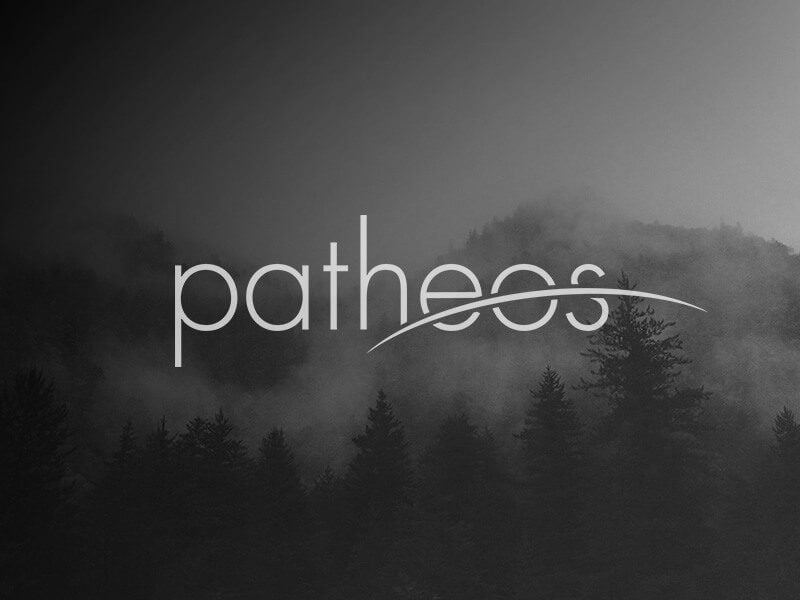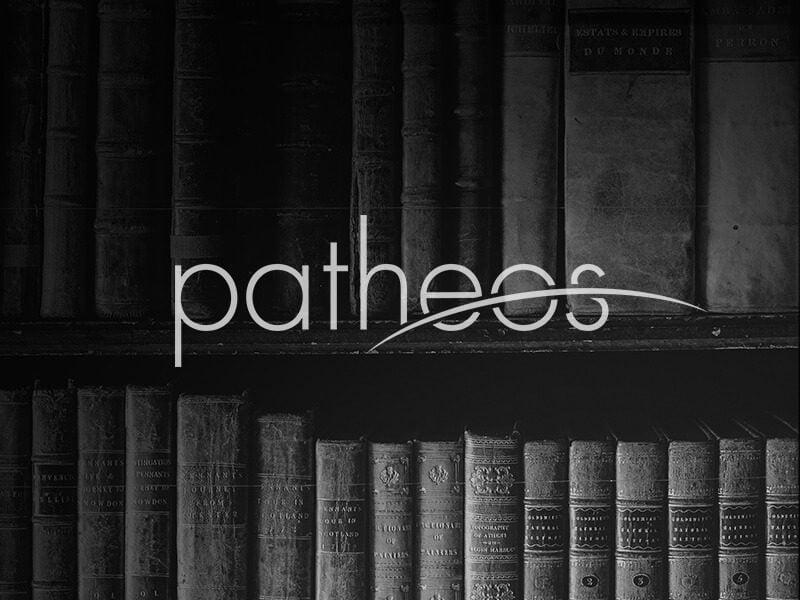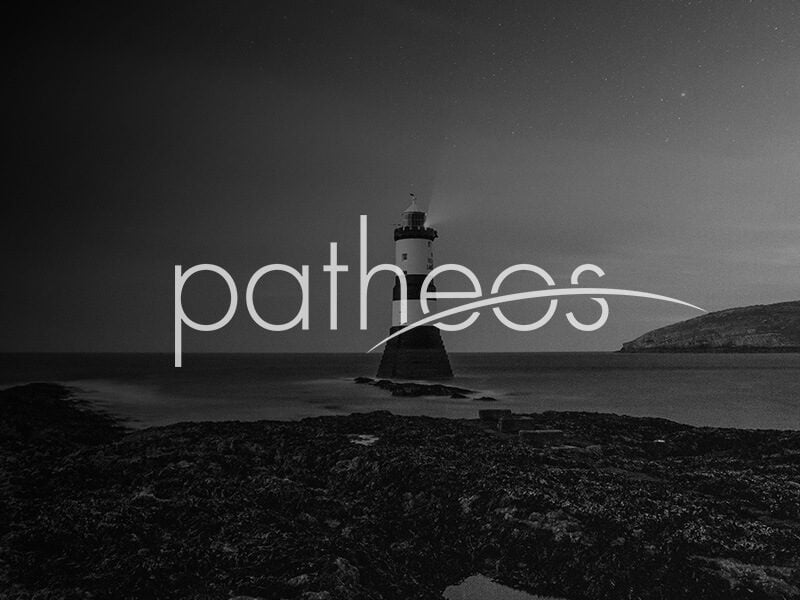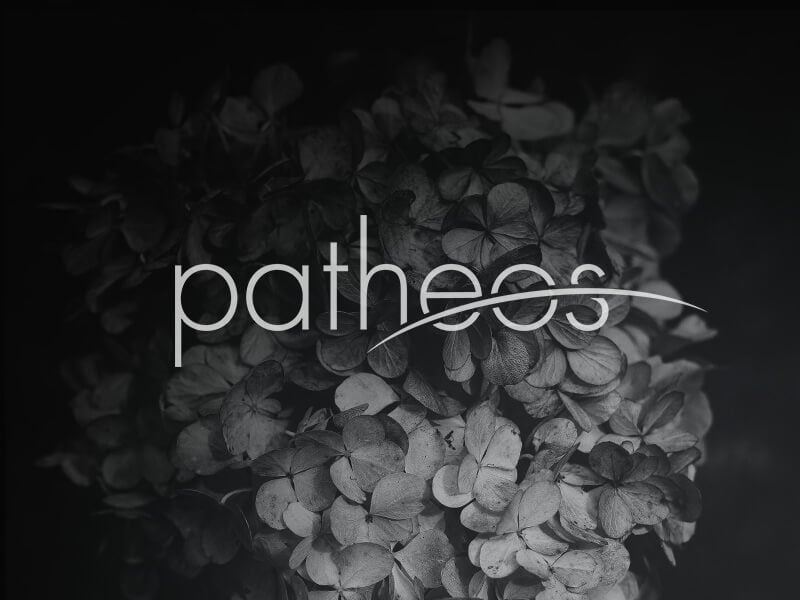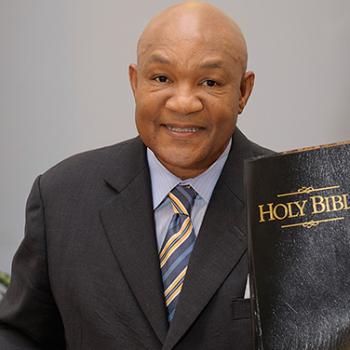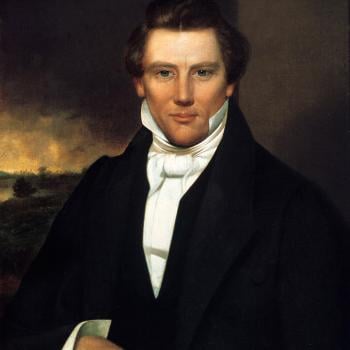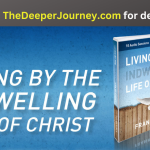Trevaskis (Holiness, Ethics, and Ritual in Leviticus) proposes a chiastic outline of Leviticus 21-22: Priestly defects (Lev. 21.16-24) A. [4 defects] blind, lame, disfigured, an ‘overgrown limb’ (????) (v. 18) B. [2 defects] impaired leg, impaired hand (v. 19) C. [6 defects] hunchback, withered member, a discolouration of the eye, a ‘scab,’ ‘scurf,’damaged testicles (v. 20) Animal defects (Lev. 22.17-25) C.’ [6 defects] blind, broken limb, mutilated, seeping sores, a ‘scab,’ a ‘scurf’ (v. 22) B.’ [2 defects] an ‘overgrown limb,’... Read more




